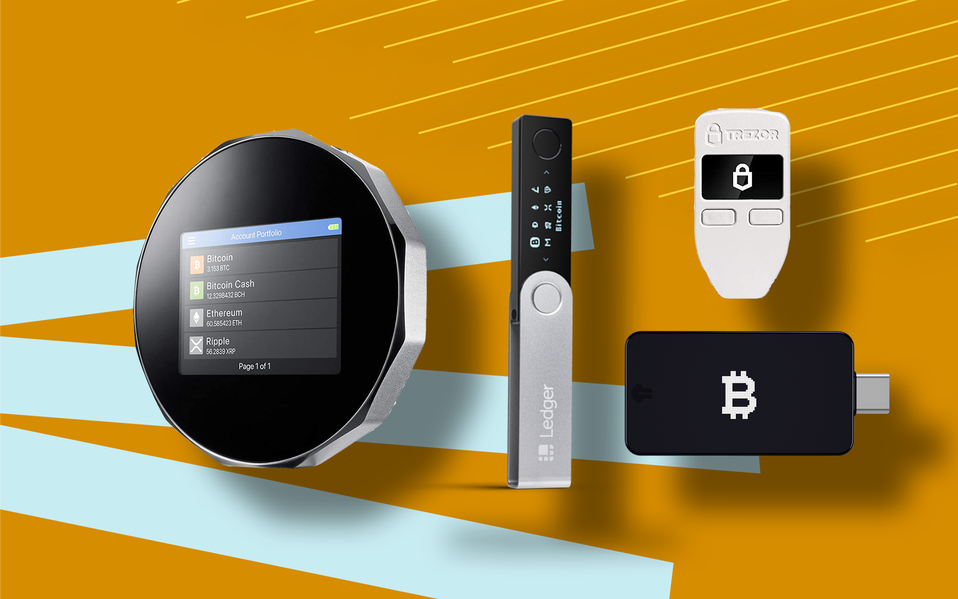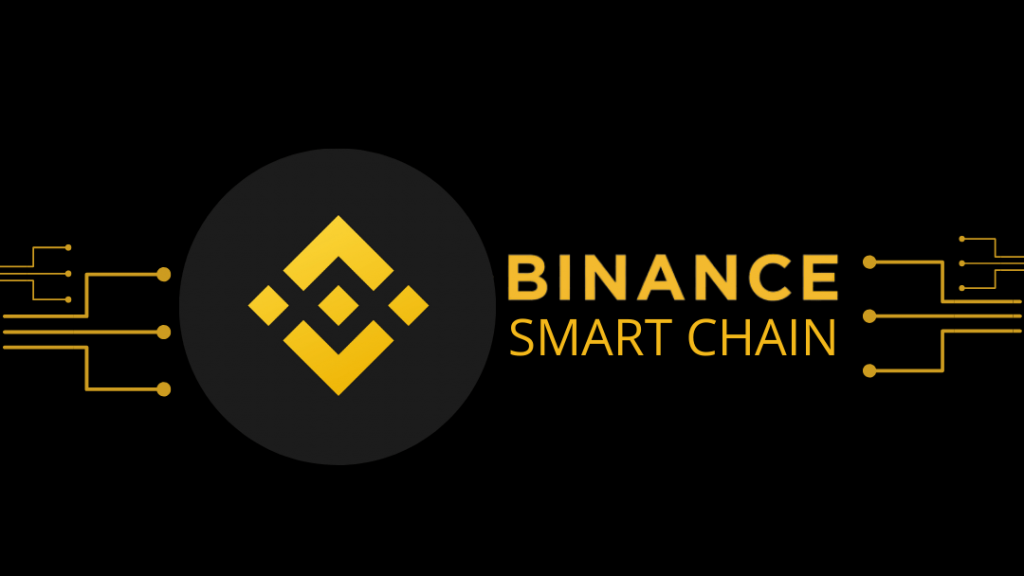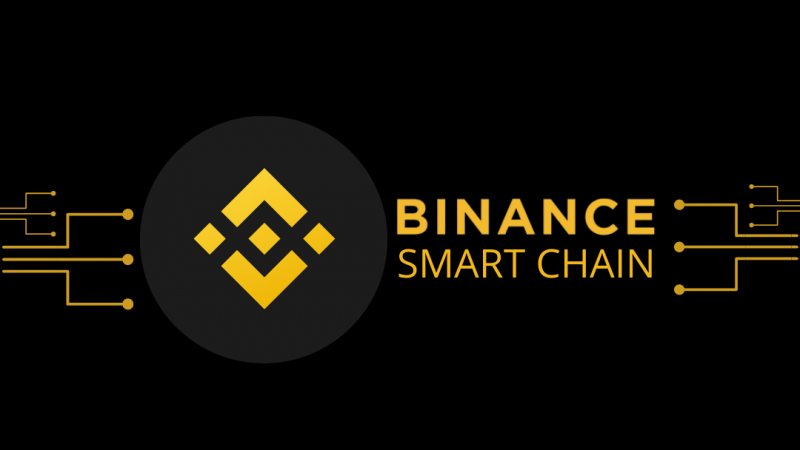Binance has seen a lot of growth since they first set foot in the crypto space. Headed by Changpeng Zhao, famously known as ‘CZ,’ Binance is the leading Centralized Exchange (CEX) globally. The exchange does a daily volume of over $1 billion, which is a big deal in the crypto space. The entire industry is very young compared to traditional finance (TradFi), only having been around for about eight years.
After operating for a while on Ethereum blockchain, Binance decided to venture on its own path and launched its own chain, the Binance Smart Chain (BSC). We delve into matters BSC and how to use the chain.
Binance has its Own Blockchain?
Yes. Initially, Binance Coin (BNB) was an ERC-20 cryptocurrency. However, following the massive growth of the exchange, the developers saw it fit to develop their own chain, the Binance Smart Chain (BSC)
High Transaction Fees on Ethereum
The primary reason for its shift was the high fees on Ethereum Network. Since the move, Ethereum has not improved very much in terms of transaction fees. Currently, Ethereum gas fees range between 41 and 59 Gwei. While it is significantly low from highs of about 3000 Gwei per transaction, the rise in the price of Ethereum means the dollar value of the fees is high compared to other chains.
Hence Binance developed the Binance Chain (Note: not Binance Smart Chain). This was the first blockchain that Binance moved to before the upgrade to Binance Smart Chain. The main difference between Binance Chain and Binance Smart Chain (BSC) is that the former does not support smart contracts and staking while the latter does. Binance Chain was announced in April 2019. With Binance Chain, anyone can create, use and also trade crypto assets on this blockchain.
Interoperability
Tokens on the Binance Chain follow the BEP2 token standard, while BSC tokens use the BEP20 standard. Another crucial reason for creating the BSC was interoperability, which is the ability of one chain to interact with other chains. Binance platform and its ecosystem heavily rely on the Ethereum network. Additionally, almost all the volume on Decentralized Finance (DeFi) was on Ethereum.
Ethereum Virtual Machine Compatibility
For Binance to get a piece of the DeFi pie, they needed to make their chain compatible with Ethereum. Blockchains that are interoperable with Ethereum are called EVM-compatible chains. EVM stands for Ethereum Virtual Machine, the runtime environment for every smart contract on the Ethereum blockchain. Because of this compatibility, BSC was able to build a bridge back to Ethereum. Therefore, the volume on Ethereum can safely cross over to Binance Smart Chain.
Since the launch of BSC and the BEP20 token standard, the Binance ecosystem has grown exponentially. New projects launch every single day. CoinGecko’s BSC ecosystem has a massive $87 billion market cap with over 200 projects deploying their projects on the chain. This shows exponential growth for the chain.
What are the Use-cases of the Binance Smart Chain?
The Binance Smart Chain leverages most Ethereum based products but using cheaper transactions fees. The BSC ecosystem consists of swapping protocols such as PancakeSwap. PancakeSwap (CAKE) is the largest and most popular swapping protocol on BSC. It works very much like Uniswap (UNI) on Ethereum. The BSC also offers protocols for staking, yield farming, and also liquidity mining.
How to Use the Binance Smart Chain?
For you to make maximum use of the Binance Smart Chain, you need to have a wallet. Since BSC is EVM-compatible, a non-custodial wallet like Metamask is highly recommended. Despite the apparent advantages of the Metamask wallet, BSC has its own wallet called the Binance Chain Wallet (BCW).
The wallet is easy for anyone to create and use.
- Download the Binance Chain Wallet (BCW) by choosing the type of browser you are using. Note that the browser must be a Web3 browser. For example, Chrome, Brave, and Firefox are Web3 browsers.
- After you have finished installing the extension on the browser, a pop-up mini-screen will show up. You can create your wallet here using your Gmail account.
Note: If you already have an existing wallet, then you can use your original wallet recovery phrase to log into your wallet account.
- Click on ‘Create wallet“. Click on ‘Continue with tKey via: G’ A Gmail pop-up will appear asking you to log in via your Gmail account.
- Create a password that you will use to access your wallet. A password is the second layer of protection that you can use if you somehow lose your private key.
- A Binance Chain Wallet recovery phrase will appear. You can use this seed phrase to recover your account at any time, at any place on any computer. Binance wallet also allows you to create your own seed phrase. Recovery phrases usually contain 12, 15, 18, 21, or 24 words in total. The more the words, the stronger the security.
Recovery phrases are very sensitive, and should they fall into the wrong hands, you can lose all your funds. Someone with your recovery phrase can change your wallet password. In more ways than one, it has the same function as your bank account pin or password. One seed phrase can access all wallets created from it.
- After securely storing the seed phrase, click on ‘Continue.’
- Congratulations! You now have a working Binance Chain Wallet.
With the wallet, you will be able to receive and send BEP20 tokens. The wallet also allows you to interact with DApps and DeFi protocols on BSC and Ethereum Blockchains. You can sign Smart Contracts and also confirm transactions on the blockchain with the wallet.
I Now Have a Binance Smart Chain Functional Wallet. What Next?
Now that your wallet is ready to use, proceed to fund it with BNB. To deposit funds in your wallet, you can use Wallet Direct. BNB tokens are the native assets of the BSC ecosystem. This means that you will use BNB to pay for all transactions fees. This makes BNB very crucial to the success of BSC. Since we want to interact with the chain, we have to acquire BNB BEP-20 tokens.
You can deposit BNB into your Binance Chain Wallet from the Binance Exchange Fiat/Spot wallet or from a different wallet.
Depositing from Your Binance Exchange Fiat/Spot Wallet (Binance Exchange Users)


- On your Binance Chain Wallet, click on the icon on the far top right. You will then click on ‘Connect to Binance.com account’
- Log into your Binance Exchange account and click on ‘Verify and connect my address.’
- A pop-up will appear. Click on ‘Connect to wallet.’ Binance Smart Chain wallet will open up. Click on ‘Connect’
- This step requires you to verify that you are the owner of the wallet. After clicking ‘Sign with wallet,’ you will click on ‘Confirm’ on your Binance Chain Wallet that opens up immediately.
- Several Binance Exchange authentication steps will follow. These are a necessary final layer of security. However, they are nothing uncommon to the Binance Exchange users.
- After the verification process, your Binance Exchange account will be successfully linked to your Binance Chain Wallet.
- To transfer funds from Binance Exchange to your wallet, click on ‘Receive’ and select ‘Wallet Direct.’
- Your Binance Exchange Fiat/Spot balances will appear. You can now set the amount transfer BNB to your Binance Chain Wallet.
Depositing BNB from another Wallet
It is also possible to deposit funds from another wallet directly. For example, we can transfer BNB from Binance Exchange to Binance Chain Wallet without Wallet Direct. It is noteworthy that most users prefer this form of funds deposit because it is shorter and less tedious.
- Proceed to the Binance Exchange withdrawal page
- Select Binance Smart Chain network (BEP-20)
- On your Binance Chain Wallet, click on ‘Binance Chain Native Token.’ Proceed and click ‘Receive.’
- A QR code will pop up. Scan the code or copy the address and use it to withdraw tokens from your Binance Exchange wallet.
Note: This address can also be used to receive other BEP-20 tokens (apart from BNB) from other wallets such as Trust Wallet and Metamask.
To enjoy the wallet function, you will need to view your balances. The wallet only shows BNB balances by default. Also, some of the approved token balances can be seen. For other tokens, they need to be added manually for the balances to reflect.
How to Add New Tokens to your Binance Chain Wallet
- At the bottom of the Binance Chain Wallet, click on the + button.
- Search for the token you would like to add. There is a list of over 100 Binance-Pegged Ethereum tokens and also BSC native tokens like PancakeSwap (CAKE)
- When you find the token you are looking for, check the token. Checking the token makes it available on the ‘Balances’ page.
Note: Your wallet will still receive tokens even if they have not been added to the wallet.
Connecting Your Binance Chain Wallet to the Binance Smart Chain (BSC)
With your funded wallet, you can begin to explore the endless possibilities on the Binance Smart Chain. One of the most basic operations you can do on any chain, including BSC, is to swap tokens for other tokens. This is common when you want to cash out on a project you have been holding for some time. On BSC, the go-to swap protocol is PancakeSwap. Hence, by using PancakeSwap, you are already using the BSC. But how exactly do you connect, though?
- Go to the PancakeSwap website and click on the ‘Connect’ button on the top right of the page.
- Select ‘Binance Chain Wallet.’ You will also see a list of other wallets supported on the Binance Smart Chain. For now, use Binance Chain Wallet.
- You will now have to connect your Binance Chain Wallet to the PancakeSwap DApp. Click on ‘Connect.’
- After a successful wallet connection, your wallet address will appear on the top right corner of the page.
Advantages of Using the Binance Smart Chain (BSC)
While connected to the BSC, you can make transactions at extremely low costs. Transactions go through for less than a dollar. This makes BSC a lucrative blockchain for blockchain startups. Lately, projects have been migrating from Ethereum to BSC. The latest project to migrate entirely is GameXChange (EXP), formerly Tapcoin (TTT).
In a nutshell, BSC supports the development of dApps. And since BSC is an EVM-compatible chain (meaning it uses solidity programming language), dApps on the chain can later be bridged back to Ethereum, where all the volume is.
The State of the Binance Smart Chain (BSC)


Despite the functional advantages of Binance Smart Chain, the chain has seen a reduction from its all-time high total value locked (TVL). This is because BSC is a layer-1 EVM-compatible blockchain. Lately, Layer-2 alternatives have been sprouting up. The likes of Polygon, Optimism, and even Arbitrum have seen much of the volume migrate from Layer-1 protocols. Layer-2 Blockchains are more secure and more decentralized. Most of the EVM-based Blockchains threatened to ‘kill’ Ethereum because of their cheaper and faster transactions.
However, in doing so, they sacrificed security and decentralization. These two critical metrics are what have kept Ethereum on top. Binance Smart Chain has been accused of over-centralization. The network operates on a Proof of Stake consensus mechanism. However, unlike Ethereum’s over 77,000 node validators, BSC only has a total of 21 node validators. 11 of them are responsible for the governance of the network.
Conclusion
Using Binance Smart Chain should now be easy. Once you have your wallet set up, you can access all the functionalities of the chain. Considering the over-centralization of the chain, it poses a potential danger. If only 21 entities are governing the network, they could work together to take down the network at any time, effectively causing hundreds of users to lose funds. BSC is fun, but use it with caution.





